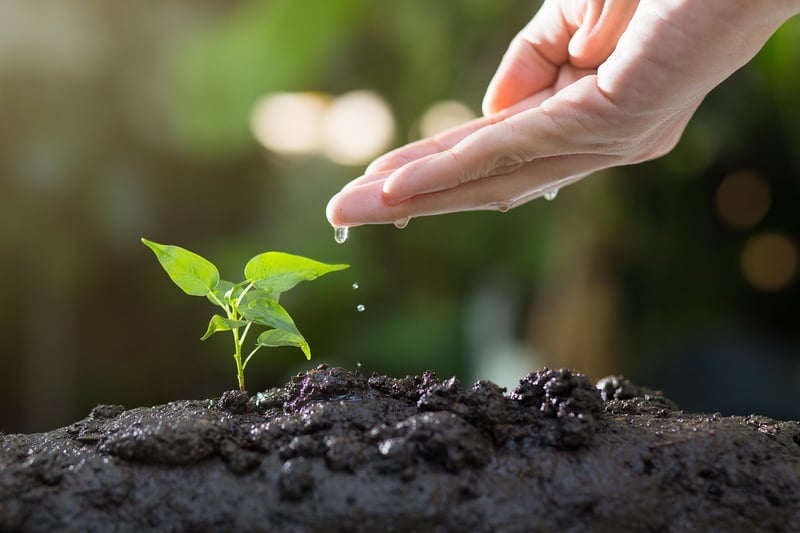Soil Health
Essential Guide to Plant Maintenance and Soil Health
Introduction
Welcome to our comprehensive guide on plant maintenance and soil health. In this article, we will explore key practices and tips to keep your plants thriving and ensure the soil is healthy and fertile for optimal growth.
Plant Maintenance
1. Watering
Watering is crucial for plant health. Ensure you water your plants regularly and deeply, allowing the water to reach the roots.
2. Pruning
Regular pruning helps promote healthy growth and flowering. Remove dead or damaged branches to encourage new growth.
3. Fertilizing
Provide nutrients to your plants by fertilizing them appropriately. Use organic fertilizers for a sustainable approach.
4. Pest Control
Monitor your plants for pests regularly. Use natural pest control methods or eco-friendly pesticides to protect your plants.
Soil Health
1. Soil Testing
Regularly test your soil to check for pH levels and nutrient deficiencies. Adjust the soil pH and add necessary nutrients for healthy plant growth.
2. Mulching
Apply mulch to the soil surface to retain moisture, suppress weeds, and improve soil structure. Organic mulches also add nutrients to the soil as they decompose.
3. Crop Rotation
Practice crop rotation to prevent soil depletion and maintain soil fertility. Rotate crops to balance nutrient levels and reduce the risk of pests and diseases.
4. Composting
Start composting to create nutrient-rich organic matter for your soil. Compost adds essential nutrients and improves soil structure, promoting healthy plant growth.
Conclusion
By following these plant maintenance and soil health practices, you can create a thriving garden with healthy plants and fertile soil. Remember to observe your plants regularly, make adjustments as needed, and enjoy the rewards of a vibrant and sustainable garden.


